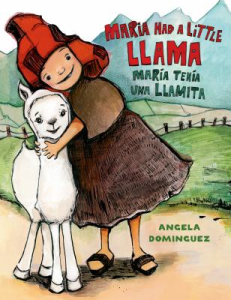These titles are useful for anyone who wants to understand Latin American culture, specifically African heritage in the Americas. Just as the United States wouldn’t be the United States culturally without African Americans and their contributions, Latin America wouldn’t be Latin America without the ethnic and cultural heritage of Afro descendants. To me, the cultural melting of Latin America is what makes it so interesting and beautiful. I love that you can take African, Indigenous, and European and make something completely unique, yet with elements of all three original cultures. This is evident in the music, dance, art, food, and about every other aspect of life in most Latin American countries.
Black in Latin America is a book and documentary (aired on PBS) by Henry Louis Gates. It chronicles the history and current state of African affairs in Peru, Brazil, Mexico, Cuba, Haiti, and the Dominican Republic. Gates travels to all of these countries and interviews local experts, scholars, and regular folks alike to get a unique perspective on the similarities and differences of the Afro-descendant people. Gates paints a complete picture covering topics like music, dance, art, and heavier topics like social conditions racism, and discrimination.
AfroLatinos is a documentary project that goes to every country in Latin America “From the United States to Argentina”, and also spends time in Haiti and Brazil. You can watch all of the different parts of this film on Youtube, and it is well worth your time to do so. You’ll gain key insights into the dance, art, food, history, culture, and social conditions of Afrodescendientes all throughout Latin America.
Latin America and Latin Americans are a beautiful mix of the heritage and culture passed down from African, Indigenous, European, and even Asian roots. Mixing among these ethnic groups started early in the Spanish colonies, the Spanish crown sent mostly men, in contrast to England who sent families to their colonies, which resulted in less racial mixing in the English colonies. This early mixing, often a result of rape and force, created the multi-ethnic society that we see in Latin America today. If you are interested in heritage in Latin America, please check out the movies and book listed above. They are amazing resources that give a cultural window into the whole region!

